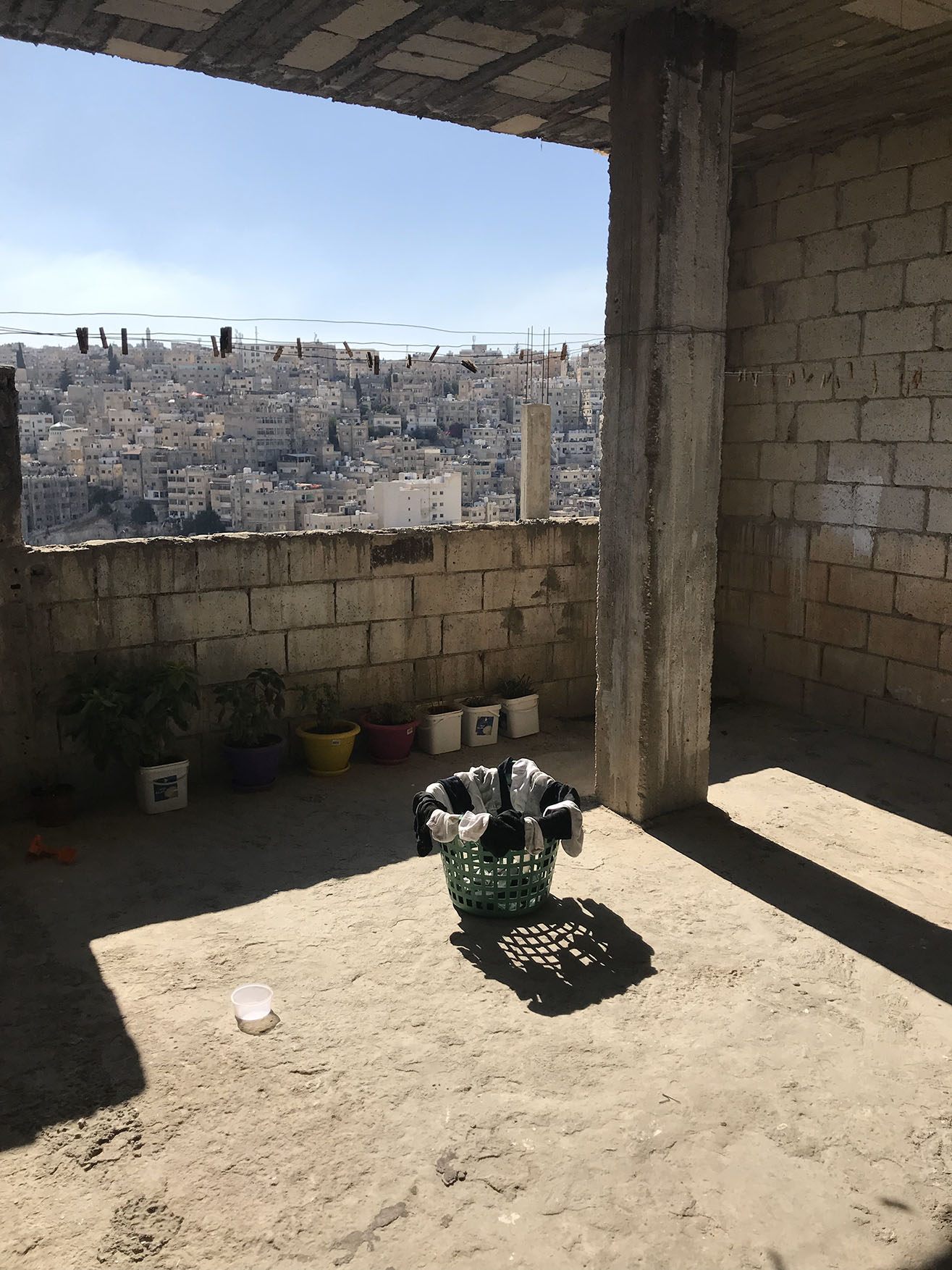Journalists, practitioners, and policymakers often claim that refugees and western humanitarianism have a coeval and coterminous history, and indeed, that the UN (United Nations) camp is the only rational solution to the refugee problem. In my dissertation, I counter such claims by situating the contemporary Syrian refugee crisis within an architectural and socio-legal history that spans from late Ottoman times to the present. Based on fourteen months of historical (archival and oral histories) and field-based (ethnographic and architectural documentation) research in Jordan, one of the world’s largest host-states of Palestinian and Syrian refugees, I examine various forms and norms of refugee shelter – Ottoman land, camps, and refugee-to-refugee sanctuary. I consider how and why refugees went from being granted Ottoman state-lands in the late 19th century to being considered Jordanian nationals in legally contested Palestinian camps, and finally to becoming Syrian asylum seekers hosted in UN camps buffeted in borderlands or offered sanctuary in the urban houses of earlier refugees. Far from being a romantic portrayal of “Other” spaces of refuge, my dissertation underscores complex and multi-layered histories of contestation and co-creation, ethnic/racial tension and coexistence, and the persistence of Islamic traditions amid the growing role of international humanitarian protection. I demonstrate how genealogies of Ottoman refugee shelter, architectural traditions of hospitality and sanctuary, and the everyday building activities of refugees can help explain how the majority of refugees in Jordan (more than 80 percent) have come to fulfill housing needs outside of western humanitarian aid. I argue that amid cycles of colonization, invasion, and revolution, refugee settlements in this region are at once a manifestation of historical crises and the remains of alternative architectural legacies of refugee sanctuary and multiethnic coexistence.
My research relies on a mixed-methods approach that combines archival research in the Department of Lands and Survey and municipal and geographic collections with field-based methods, such as oral histories, on-site architectural documentation, and ethnographic research among refugees, attorneys, engineers, government officials, ethnic associations, local NGOs, and humanitarian-aid workers.

